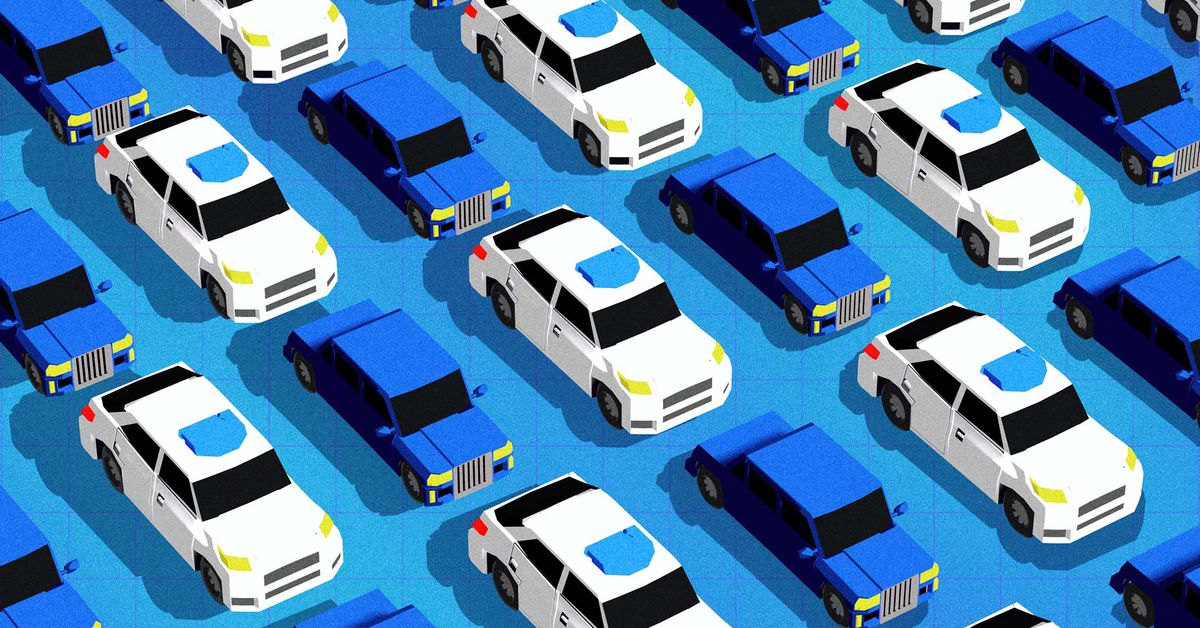Enticing though they are, such arguments conceal a logical flaw. As a classic 19th-century theory known as a Jevons paradox explains, even if autonomous vehicles eventually work perfectly — an enormous “if” — they are likely to increase total emissions and crash deaths, simply because people will use them so much.



Yes, I have no doubt there would be induced demand, but that extra demand wouldn’t be at the cost of anything. Induced demand is a problem when we, for instance, build new roads or widen existing ones, because then more people drive and they clog up the same as they were before. That’s a bad thing because the cost of adding this capacity is that we have to tear down nature and existing city to add lanes, and then we have more capacity that sits at a standstill leading to more emissions.
But if AVs add more capacity to our roads, that will be entirely because they are driving more efficiently. We’ll have the same amount of cars on the road at any given time, they’ll just be moving faster on average rather than idling in traffic jams made by humans. Which means that there will be only relatively minor emissions increases during peak times, fewer emissions emitted during non peak, and we won’t be tearing anything down to build more giant highways.
You’re asking for something that does not exist. How am I supposed to provide you evidence proving what the results of mass adoption of AVs will be when there has never been a mass adoption of AVs.
Again, it’s never actually been rolled out on a mass scale. It’s a technology still being actively developed. Neither of us know what the end results will be, but I put forth plausible reasoning to my speculation, if you have plausible reasoning why those things won’t come to pass I’m all ears. For instance, what is your reasoning for believing that AVs could never be fundamentally safer than human drivers who are frequently tired, angry, distracted, impaired, impatient, etc?
you are literally doing what i mean when i say you are making assumptions with no evidence. there is, again, no reason to believe that “driving more efficiently” will result from mass-adoption of automated vehicles–and even granting they do, your assumption that this wouldn’t be gobbled up by induced demand is intuitively disprovable. even the argumentation here parallels other cases where induced demand happens! “build[ing] new roads or widen[ing] existing ones” is a measure that is almost always justified by an underlying belief that we need to improve efficiency and productivity in existing traffic flows,[1] and obviously traffic flow does not improve in such cases.
but granting that you’re correct on all of that somehow: more efficiency (and less congestion) would be worse than inducing demand. “efficiency” in the case of traffic means more traffic flow at faster speeds, which is less safe for everyone—not more.[2] in general: people drive faster, more recklessly, and less attentively when you give them more space to work with (especially on open roadways with no calming measures like freeways, which are the sorts of roads autonomous vehicles seem to do best on). there is no reason to believe they would do this better in an autonomous vehicle, which if anything incentivizes many of those behaviors by giving people a false sense of security (in part because of advertising and overhyping to that end!).
you asserted these as “other secondary effects to AVs”–i’m not sure why you would do that and then be surprised when people challenge your assertion. but i’m glad we agree: these don’t exist, and they’re not benefits of mass adoption nor would they likely occur in a mass adoption scenario.
the vast majority of road safety is a product of engineering and not a product of human driving ability, what car you drive or its capabilities, or other variables of that nature. almost all of the problems with, for example, American roadways are design problems that incentivize unsafe behaviors in the first place (and as a result inform everything from the ubiquity of speeding to downstream consumer preferences in cars). to put it bluntly: you cannot and will not fix road safety through automated vehicles, doubly so with your specific touted advantages in this conversation. the road designs that create bad driving behavior don’t cease to be an issue because people switch to an automated vehicle.
take for instance “Tackling Traffic Congestion,” Transportation Quarterly 40, no. 2 (1986), which states “growing congestion [in the Bay Area] […] is the result of development that comes with an improving economy compounded by a lagging expansion of freeway and transit capacity.” ↩︎
see for instance Leonard Evans, “Future Predictions and Traffic Safety Research,” Transportation Quarterly 47, no. 1 (1993): “although congestion impedes mobility, it increases safety, as measured by serious injuries and fatalities.” and Arnold Vey, “Relationship between Daily Traffic and Accident Rates,” American City 52, no. 9 (1937), who observed that beyond a certain point congestion reduced accident rates. congestion unsurprisingly acts as a calming measure when it becomes severe enough. ↩︎
I’m doing nothing other than questioning where the induced demand is coming from. What is inducing if not increased efficiency?
The whole point of induced demand in highways is that when you add capacity in the form of lanes it induces demand. So if our highways are already full and if that capacity isn’t coming from increased EV efficiency then where is it coming from? If there’s no increase in road capacity then what is inducing demand?
You are describing how humans drive, not AVs. AVs always obey the speed limit and traffic calming signs.
We haven’t agreed on anything,I said I was open to your reasoning as to why those effects wouldn’t happen, then you didn’t provide any.
You think you can eliminate all accidents through road design?
You are literally ignoring every single accident caused by distracted driving, impatient driving, impaired driving, tired driving etc.
Yeah, road design in America should be better, AVs should still also replace crappy wreckless humans. Those two ideas are not mutually exclusive.
just for example: “freeing up both parking lot real estate, but more importantly, freeing up on street parking, creating more room for actual traffic to move”–every single one of these posited improvements would induce demand unless you literally demolish the infrastructure (which, if you’re just switching people one-to-one from regular cars to automated cars is not going to happen, because the number of cars will remain a constant). the existence of unused parking begets driving and is a predictor for more driving.[1] the existence of more space to move obviously begets more driving because the “highways” aren’t “full” anymore; and again, if it didn’t that would actually be worse because it incentivizes less safe driving practices.
if by AVs you mean “fully autonomous” ones that literally do not exist currently then sure–they better! but at that point nothing you say is meaningful, because the technology literally doesn’t exist. we might as well be talking about mass-adopted hydrogen cars or whatever.
but, if we mean semi-autonomous ones—the ones that clearly exist, and which companies advertise as autonomous, and which people actually use—no. absolutely not. these things routinely violate even the most obvious traffic laws and necessitate humans to intervene in their ordinary function. Waymo hits pedestrians even now, and it’s ostensibly one of the most advanced semi-autonomous programs in the world. Uber literally killed a pedestrian and got into legal trouble over it. Tesla’s problems are omnipresent to the point where the NHTSA has said their feature is unsafe in practice and people make it a punchline. you can’t no-true-Scotsman this technology. even in the best and least ambiguous traffic circumstances it has obvious problems!
Look up Waymo, then stop going on long winded rants about things when you don’t even have a basic grasp of the current state of the technology.
Jesus Christ.
three paragraphs saying you’re wrong and that the empirical evidence supports nothing you’re saying is not a “long-winded rant” lmao–this uncritical “trust me bro it’s actually fine, you just don’t get it” stuff is the exact reason i consider autonomous vehicle stuff to 98% worthless techbro hype and autofellatio. cite your sources if you want people to listen–i have, and you’ve refuted none of it!
I’m not google, you can figure this out for yourself:
https://arstechnica.com/cars/2023/12/human-drivers-crash-a-lot-more-than-waymos-software-data-shows/